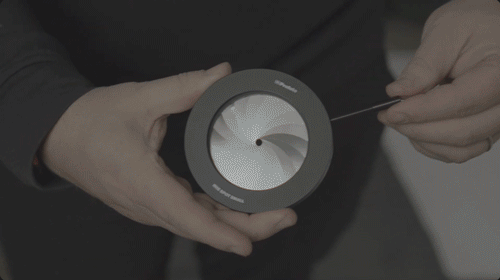"There's not much foreground to be found when photographing storms – apart from old barns and livestock – so adding a human element brings a photo to life, especially a flowing red dress"
Storm chaser Paige Vincent on the adrenaline rush, the risks and her passion for shooting in the face of storms
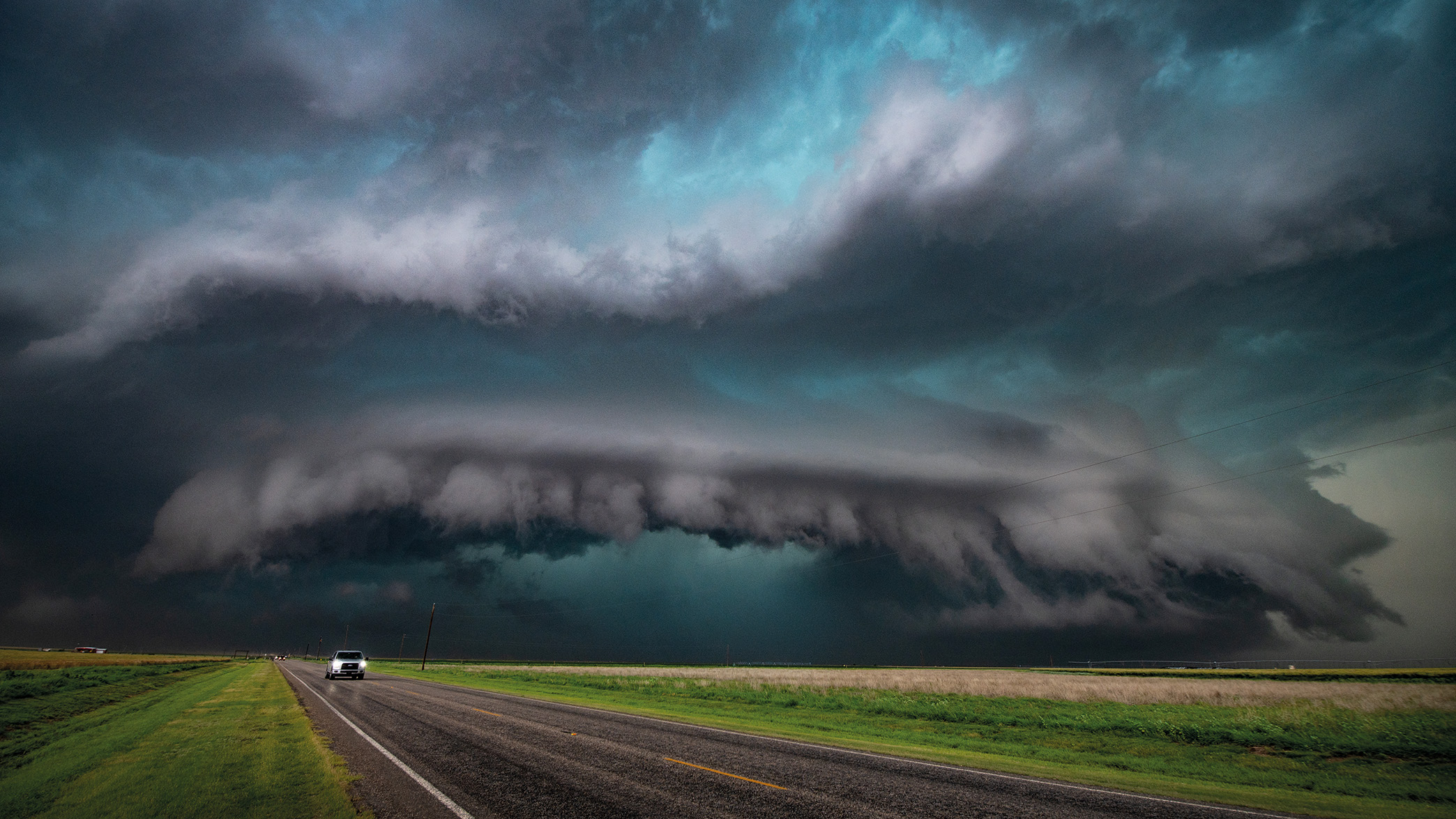
Mother Nature offers a complex combination of beauty, fascination, drama and danger. As a child growing up in Dallas, Texas, Paige Vincent’s first encounters with natural phenomena involved seeking shelter from storms and hurricanes. As an adult, she now chases them to capture the perfect photograph.
Storm-chasing is extremely dangerous, requiring mastery of not only photography but also meteorology knowledge, experience and the willingness to trust your instincts. We spoke to Paige about the empowering aspect of being a female storm-chaser and the various risks and creative challenges she has had to overcome to achieve her goal of capturing awe-inspiring images of powerful natural events.
Interview
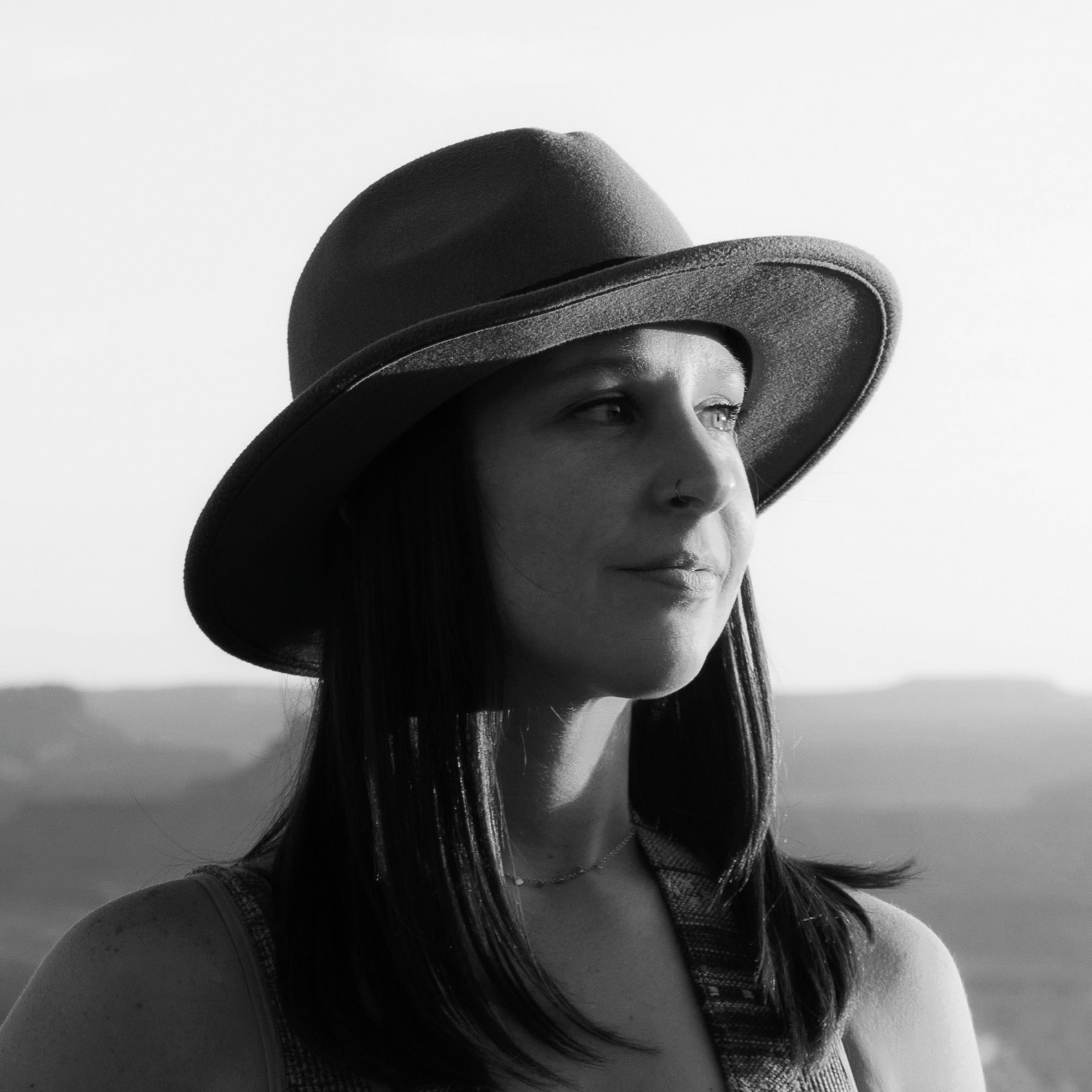
A native of Dallas, Texas, Paige initially pursued a career in graphic design but discovered her passion for photography during her travels in her mid-20s. While originally accompanying friends as a passenger, she now dedicates her summers to pursuing storms in Arizona. Her striking image showcasing a mothership formation over the Badlands in 2022, earned her the esteemed accolade of Picture of the Year in the Storm Photo of the Year Contest.
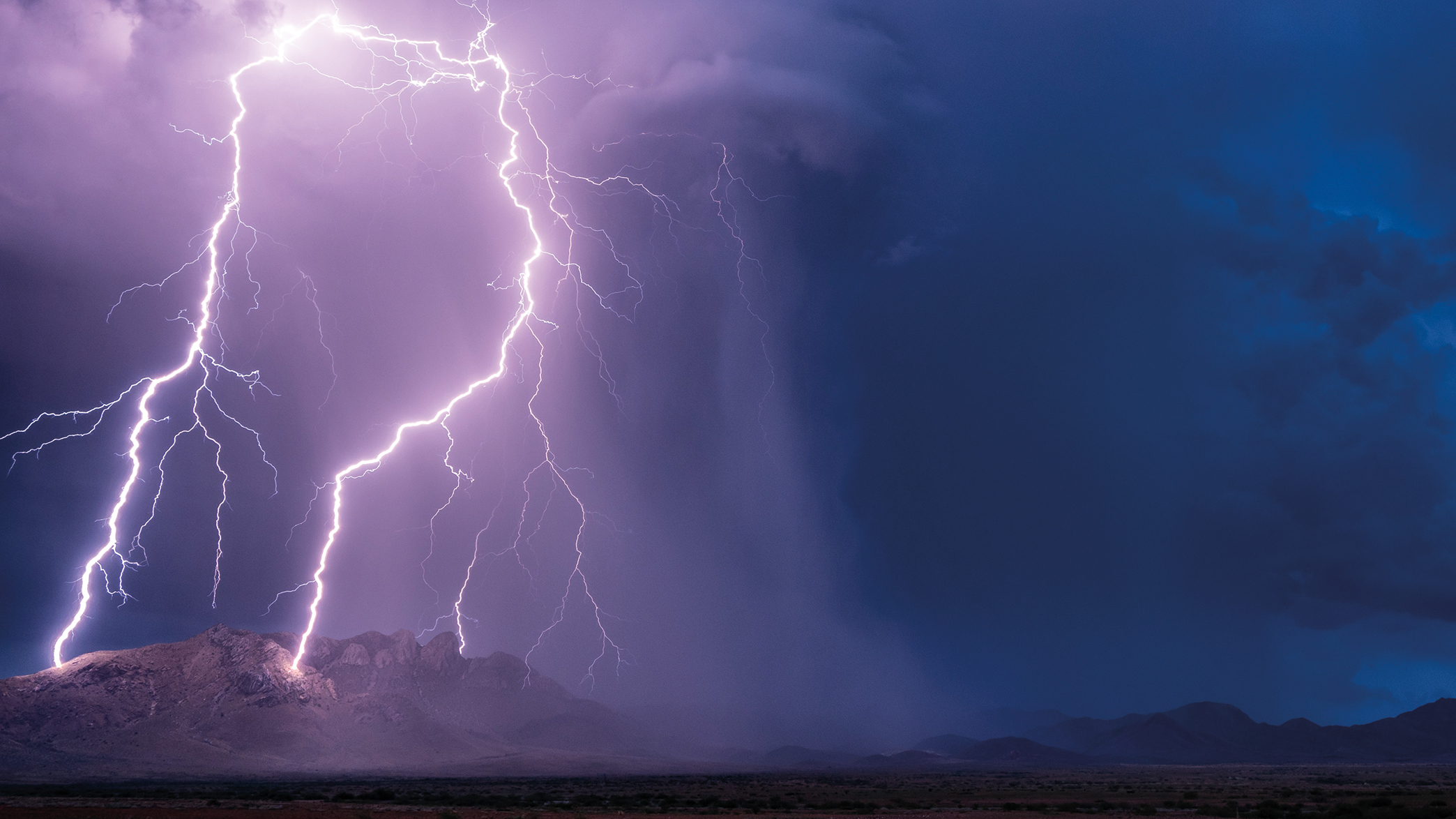
Your shooting environment is quite different from that of most photographers. What preparations do you have to make to ensure your safety?
Most photographers don’t go straight towards danger, that’s true! Safety is the top priority when storm-chasing. I always start with some thorough research, including understanding the storm’s track and the potential hazards. I also monitor weather forecasts and radar updates leading up to a storm, then live-tracking in the field. It’s essential to have an emergency plan in place, including having two exit routes at all times and knowing the safe locations to retreat to if conditions worsen. I always carry a first-aid kit, plenty of water and snacks.
How do you protect your gear – or do you use specialized equipment?
My camera is weather-sealed, which adds an extra element of protection. Nikon does a very good job of creating products that can withstand the elements. For extreme winds and dust, I often keep protective covers on every lens between shots. Being prepared not only protects my gear but also helps me focus on capturing those incredible moments, so I don’t miss anything.
As a female storm photographer, have you faced any misconceptions in this traditionally male-occupied genre?
Absolutely! This field is historically male-dominated and that often leads to stereotypes about who belongs in this space. Some might assume that women aren’t as capable or not cut out for extreme conditions, which is definitely not true – some of the best storm-chasers I know are women. I think breaking down those misconceptions is important – not just for myself, but for all women in the field. By showing that anyone can excel in storm photography, we can help inspire others to pursue their passions, regardless of gender.
A huge shift happened when Girls Who Chase was founded, which is a group that aims to inspire women who are interested in storm-chasing and provide them with the tools needed to feel confident to do it themselves. It’s a fantastic community and a great way to meet fellow women who share the same passions that I do.

Do you feel a sense of responsibility to pave the way for other women interested in this field?
It’s really important to support and inspire others, especially in fields where representation matters. Creating a welcoming space for women and sharing experiences can help pave the way for future chasers. It’s all about lifting each other up and encouraging everyone to pursue their passions – and I definitely want to keep doing that through my work and my story.
We imagine that the setup time for a shoot is very short. How do you manage to capture the phenomena in time?
You’re right – setup time can be extremely short during storm photography. Before I even start chasing for the day, I make sure my camera settings are ready to go and I grab a new battery and a new memory card. I like to pick a spot where the storm is likely to form and get there at least 30 minutes to an hour beforehand to look for compositions, fuel up and grab a snack. At the beginning of a chase, you have a little more time to shoot – anywhere from five to 15 minutes, depending on how slow a storm is moving – but as the storm ramps up, that can change to a few seconds! So having your camera ready to go is crucial because sometimes you only have time to shoot from the car.
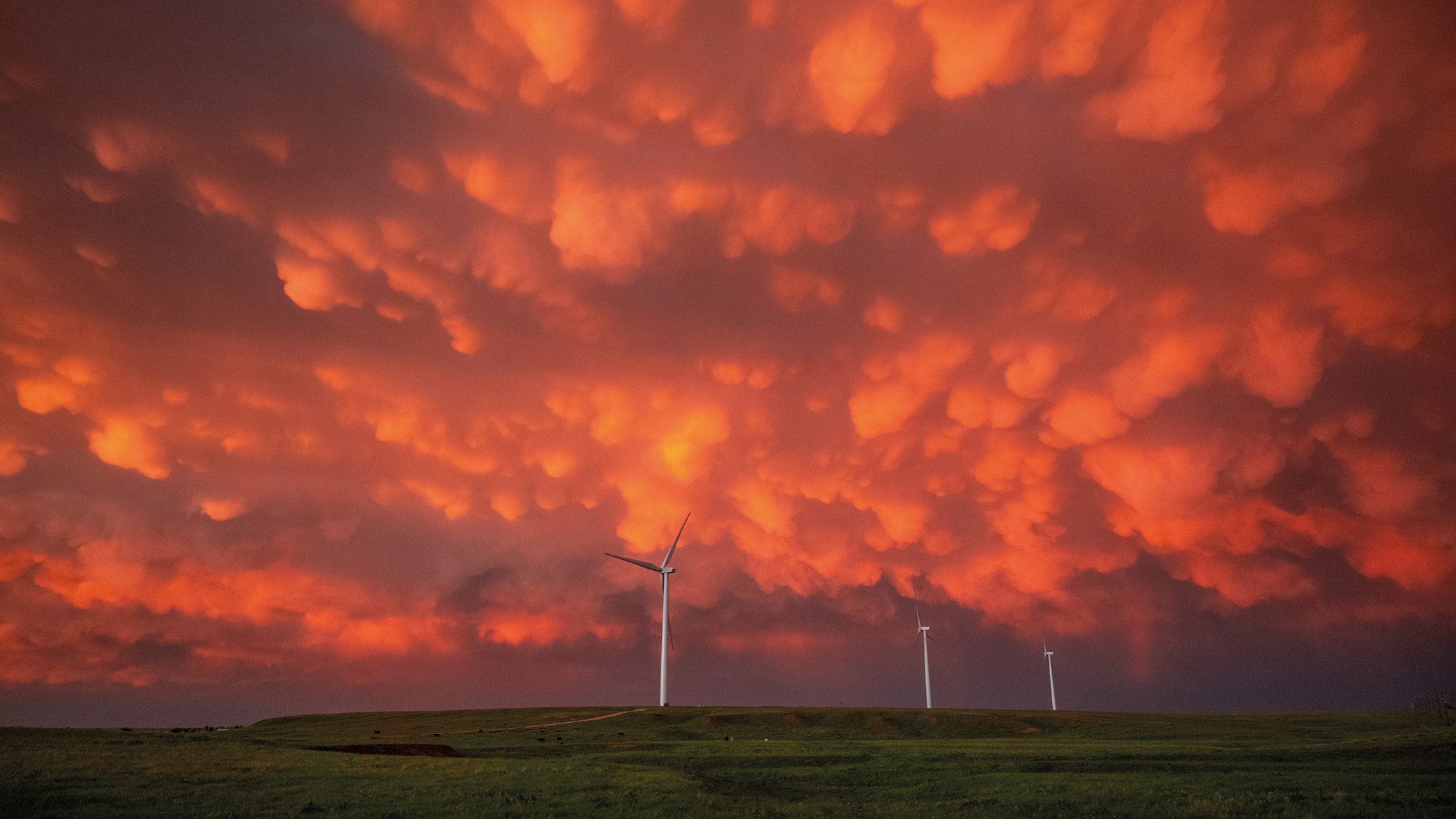
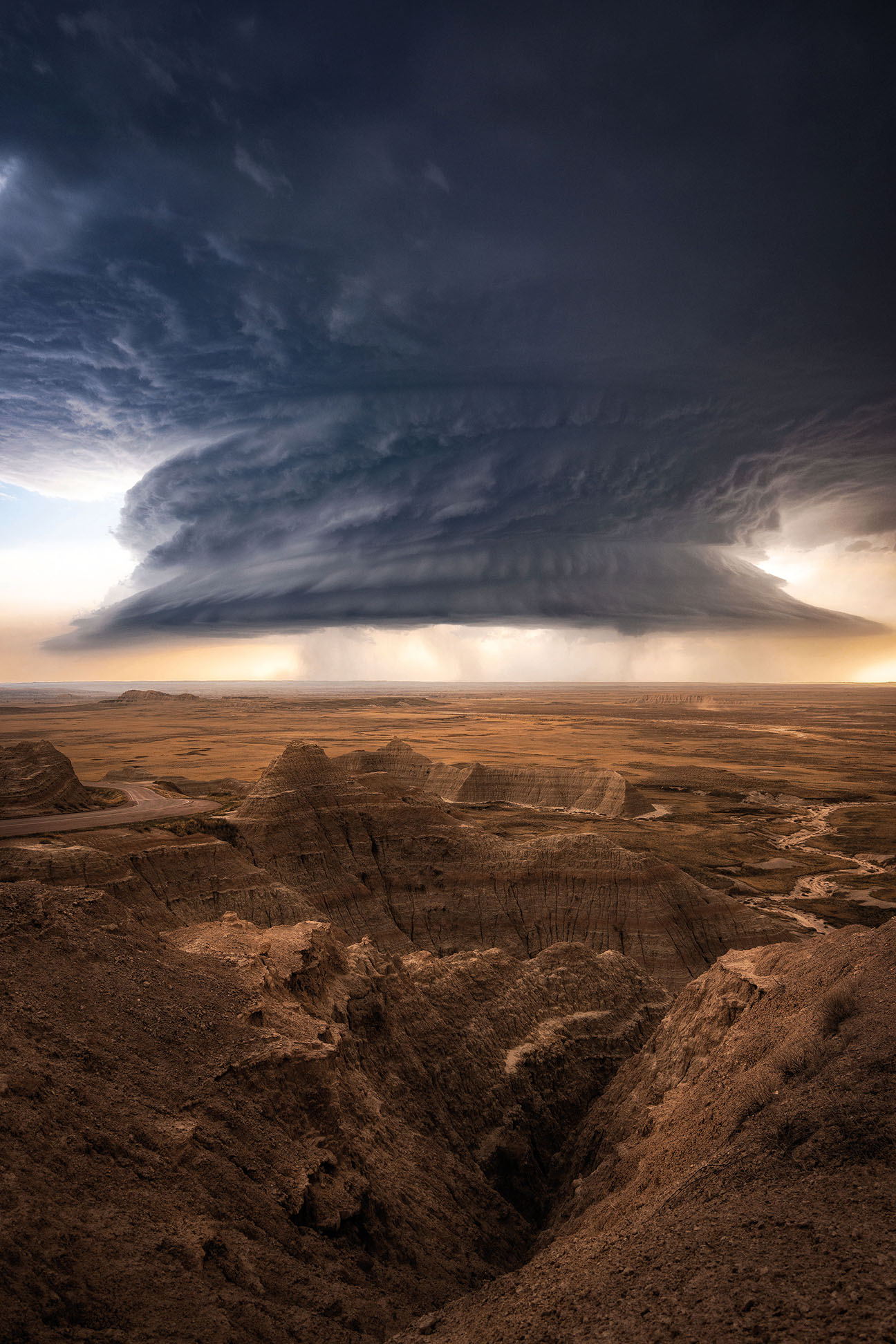
Can you take us behind the scenes of an unforgettable shoot in a storm?
There is one storm in particular that always sticks with me – and the main thing it taught me was to always listen to my gut instinct. On the 22nd of April 2022, there was a potential for two storms, but the issue was picking which one to chase. One was further away from me in Kansas and the other was north of me in South Dakota.
I went back and forth for a while, but ultimately decided to head north: my first reason was that if I got to see a National Park, that would be a win-win; but my second reason was that sometimes you can get magic from a smaller, more localized storm. And that’s exactly what happened. The storm developed quickly in the afternoon and grew to produce the most beautiful mothership supercell I’ve seen to date. It had multiple layers in its full form. Combined with the foreground of the Badlands National Park, it made for my favorite shot to date and even won an award that year.
Tell us about the red dress…
While traveling to discover new shooting locations, I observed common landscape compositions frequently captured by photographers, and sought to explore a fresh perspective. The idea of incorporating a red dress emerged as a way to introduce a vibrant pop of color and a sense of scale to my landscape shots, while also infusing an element of fantasy into an otherwise static backdrop. When I decided to combine that with storm-chasing, I realized no one else in the field was doing that and I could really make my shots stand out from the rest. There is not much to be found in terms of the foreground in the plains – apart from old barns and some livestock – so adding a human element brings a photo to life, especially a flowing red dress. When you combine something beautiful and delicate in the form of something ominous and foreboding, it makes for a really captivating juxtaposition.
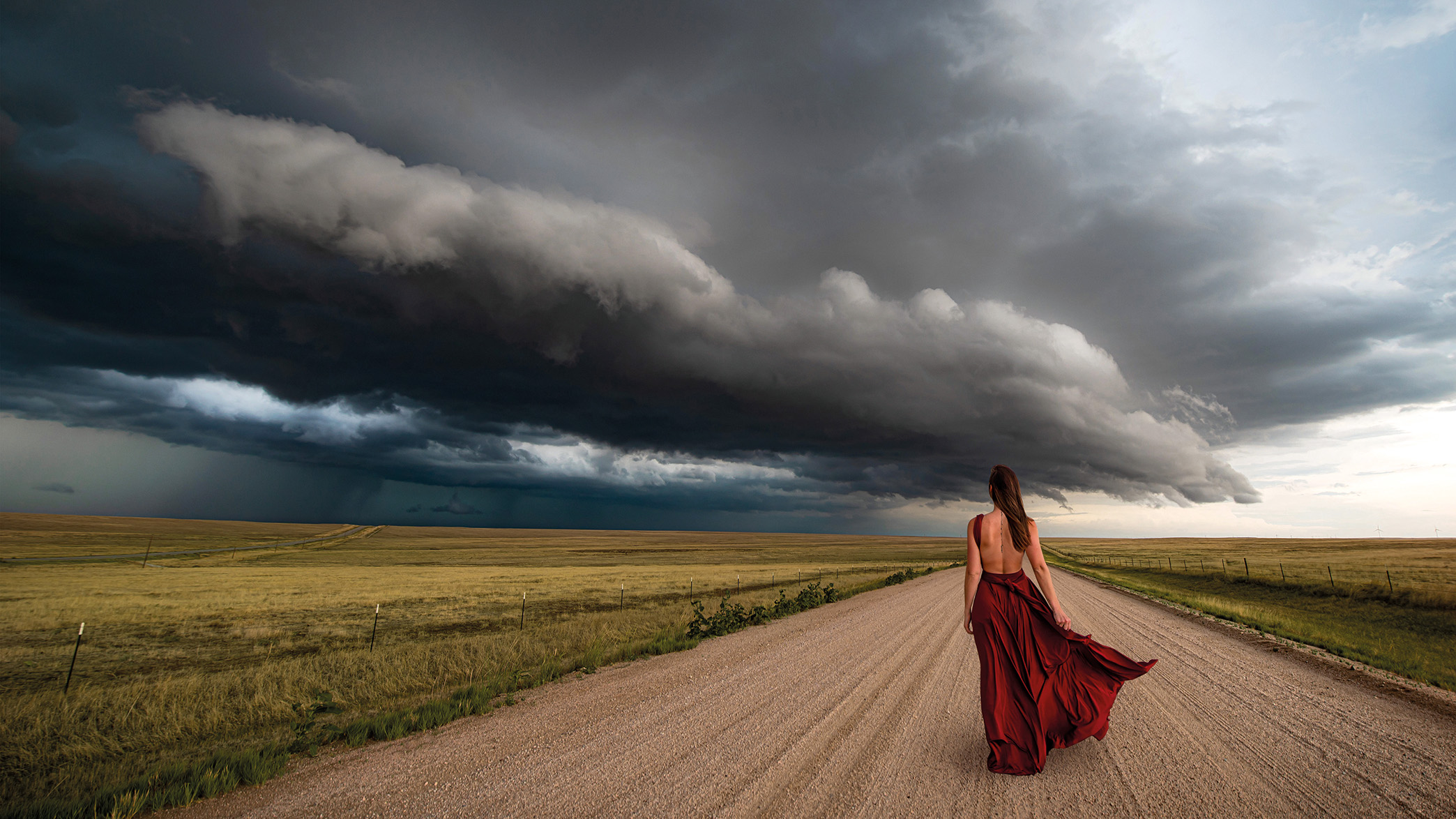
You were featured in the Kühl clothing brand series ‘The Road Less Traveled’. How was this experience?
This was actually my first experience of working with a brand, and it was so much fun. I got the opportunity to have Kühl shadow me for a week while shooting a monsoon in Arizona – which is primarily lightning, microbursts and haboobs (dust storms). I set out to get them on every storm I could find and we did exactly that!
To have a brand align with my values and document my passion in a way I don’t typically get to do for myself was an experience of a lifetime – and I’m forever grateful for that team and the footage they captured.
With so much first-hand experience of extreme weather, have you observed any differences in phenomena due to climate change since you started?
Over my eight years of storm-chasing, there has been a rise in the frequency and intensity of extreme weather events – hurricanes, heatwaves and heavy rainfall. These events seem to be linked to warmer ocean temperatures and changing atmospheric patterns. During these storms, what I’m particularly noticing is larger hail, a higher percentage of lightning and an increased frequency of storms throughout the season.
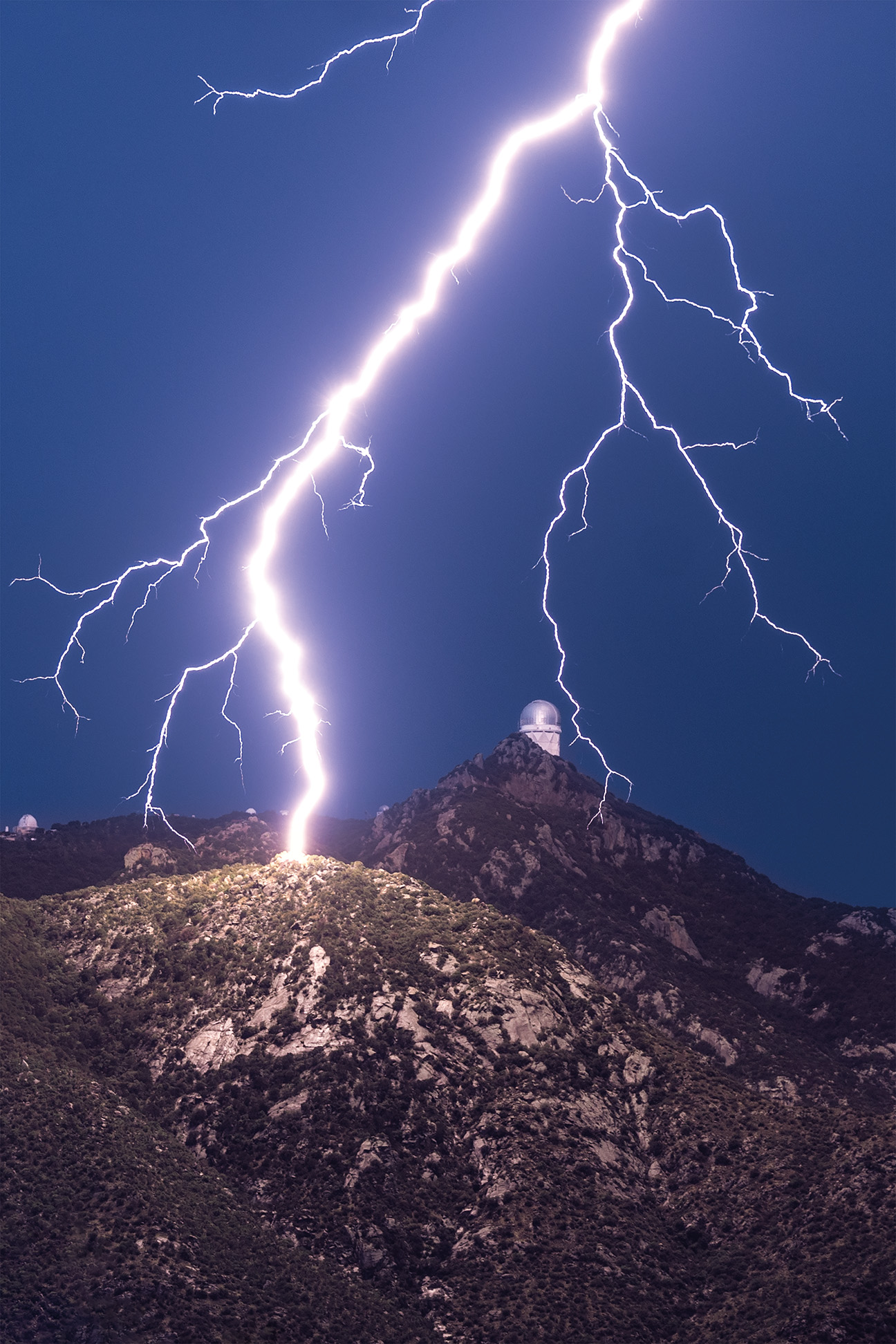
In what ways do you hope your storm photography will inspire others?
My primary goal with photography is to inspire others to discover and pursue their passions. Until I began chasing and capturing storms, I had no idea how deeply I would come to appreciate this art form. I hope that by sharing my photographs, others will be encouraged to explore what brings them joy.
Watch Paige in action
Paige’s kitbag
Camera

"My Nikon Z 6II has been my main camera for three years now. It’s able to handle the elements and has exceptional autofocus for quick-moving storms. The dynamic range is unmatched, which is essential for how quickly the light changes under a storm cloud."
Lenses
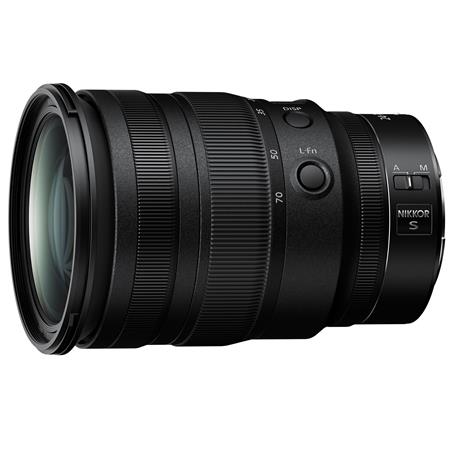
"I alternate between three lenses because my position to a storm changes so quickly and I never want to miss a moment," says Paige. She works with the Tamron 15-30mm f/2.8, Nikkor 24-70mm f/2.8, and the Nikkor 70-300mm f/4.5-5.6 optic. Paige adds, "My favorite lens is the 24‑70mm because I’m typically trying to get as close to a storm as possible."
Get the best magazine for enthusiast and pro photographers delivered to your door or device with a subscription to Digital Photographer. Learn the hottest photo trends and techniques while getting essential advice on earning cash from your photography.
Get the Digital Camera World Newsletter
The best camera deals, reviews, product advice, and unmissable photography news, direct to your inbox!

Kim is the Staff Writer on Digital Camera World, and formerly Technique Editor at Digital Photographer, focusing on the art and science of photography. With a Master’s degree in Photography and Media, she is driven to educate through an analytical approach, visually and technically. With her guides and tutorials, Kim seeks to uncover new facets of this time-honoured medium and foster a deeper understanding of its profound role in culture. Kim highlights topics that resonate with modern society, including women in photography and critical issues such as environmental conservation. She also discusses and reviews camera gear, giving you an overview to find the best fit for your photography journey.


